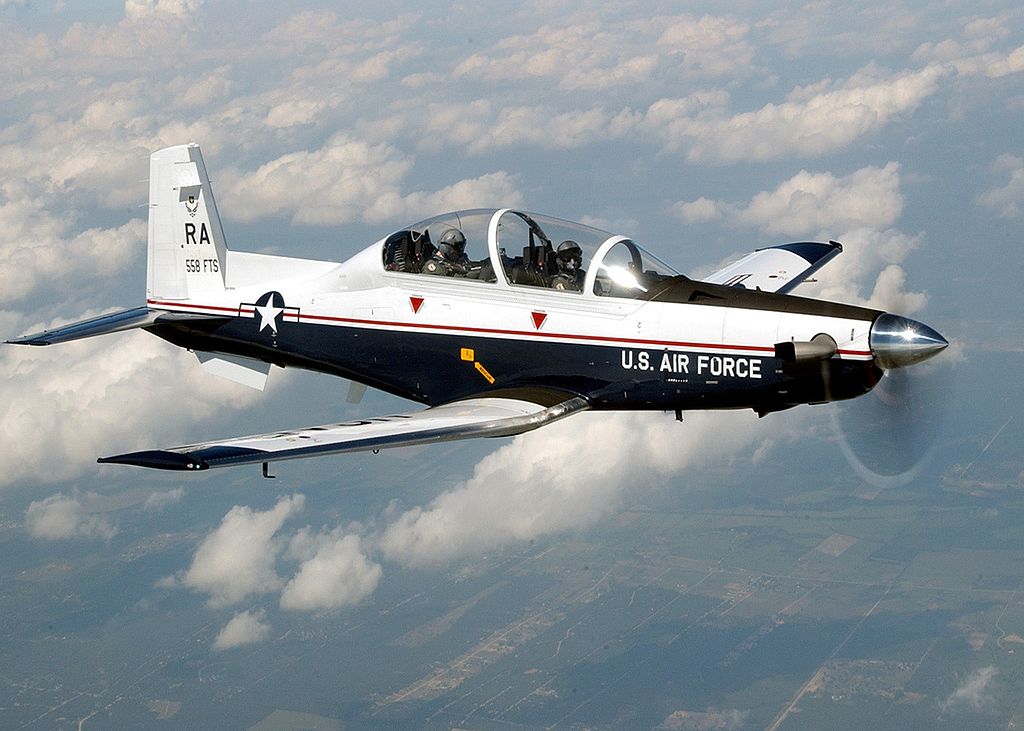OkieAviator
Pattern Altitude
- Joined
- Aug 17, 2014
- Messages
- 1,859
- Display Name
Display name:
OkieAviator
Hate to admit it but I've been hesitant to use Flight Following since getting my PPL in October. Did it a few times in training, as well as filing flight plans but that was it. My 50 hours since have been local flights just flying around or flying an hour to some place, eating and then flying back. My method had been monitoring different CTAFs and announcing my crossings and looking out for traffic.
Today for my 4 hour flight to my in laws with my family in the plane I decided to file a plan through the Lockheed site and get flight following. I did some refresher on how to do it, wrote down the center frequency and activated my flight plan via my iPad while my plane was warming up and took off bright and early. I also had written down the format of requesting flight following.
On initial climb up to 7500 I tuned to the center freq and listened for a few minutes before making my request. From then on everything went as smooth as could be. I even made a fuel stop where they terminated the service while I landed and picked it back up on my second climb out. I was much more relaxing than monitoring different CTAFs, I still looked out for traffic but was much more at ease than I would of been otherwise.
Future XC flights I will use both a plan and flight following. The plan helps them understand what I'm doing and after my initial request I didn't have to repeat it, even after the fuel stop... Not sure if it's because I announced I was landing for fuel or because it was in my flight plan... Either way it was great.
The only hiccup is that I requested the center close my flight plan, I guess they didn't because I called FSS after I landed to double check and was told 99.99% of the time centers and towers don't close them. On the flight back tomorrow I'll radio FSS before I shut the plan down to close them.
Today for my 4 hour flight to my in laws with my family in the plane I decided to file a plan through the Lockheed site and get flight following. I did some refresher on how to do it, wrote down the center frequency and activated my flight plan via my iPad while my plane was warming up and took off bright and early. I also had written down the format of requesting flight following.
On initial climb up to 7500 I tuned to the center freq and listened for a few minutes before making my request. From then on everything went as smooth as could be. I even made a fuel stop where they terminated the service while I landed and picked it back up on my second climb out. I was much more relaxing than monitoring different CTAFs, I still looked out for traffic but was much more at ease than I would of been otherwise.
Future XC flights I will use both a plan and flight following. The plan helps them understand what I'm doing and after my initial request I didn't have to repeat it, even after the fuel stop... Not sure if it's because I announced I was landing for fuel or because it was in my flight plan... Either way it was great.
The only hiccup is that I requested the center close my flight plan, I guess they didn't because I called FSS after I landed to double check and was told 99.99% of the time centers and towers don't close them. On the flight back tomorrow I'll radio FSS before I shut the plan down to close them.


